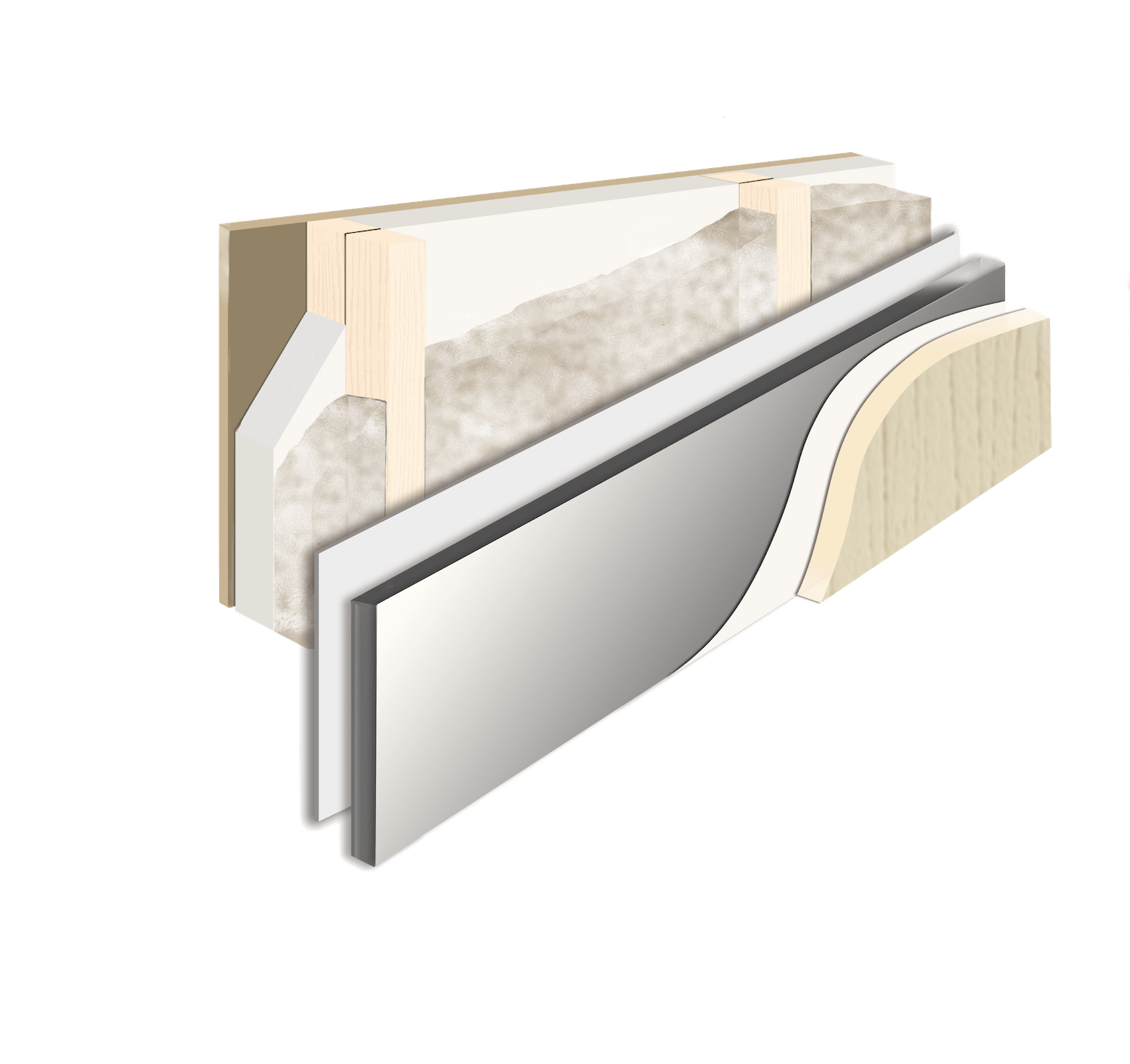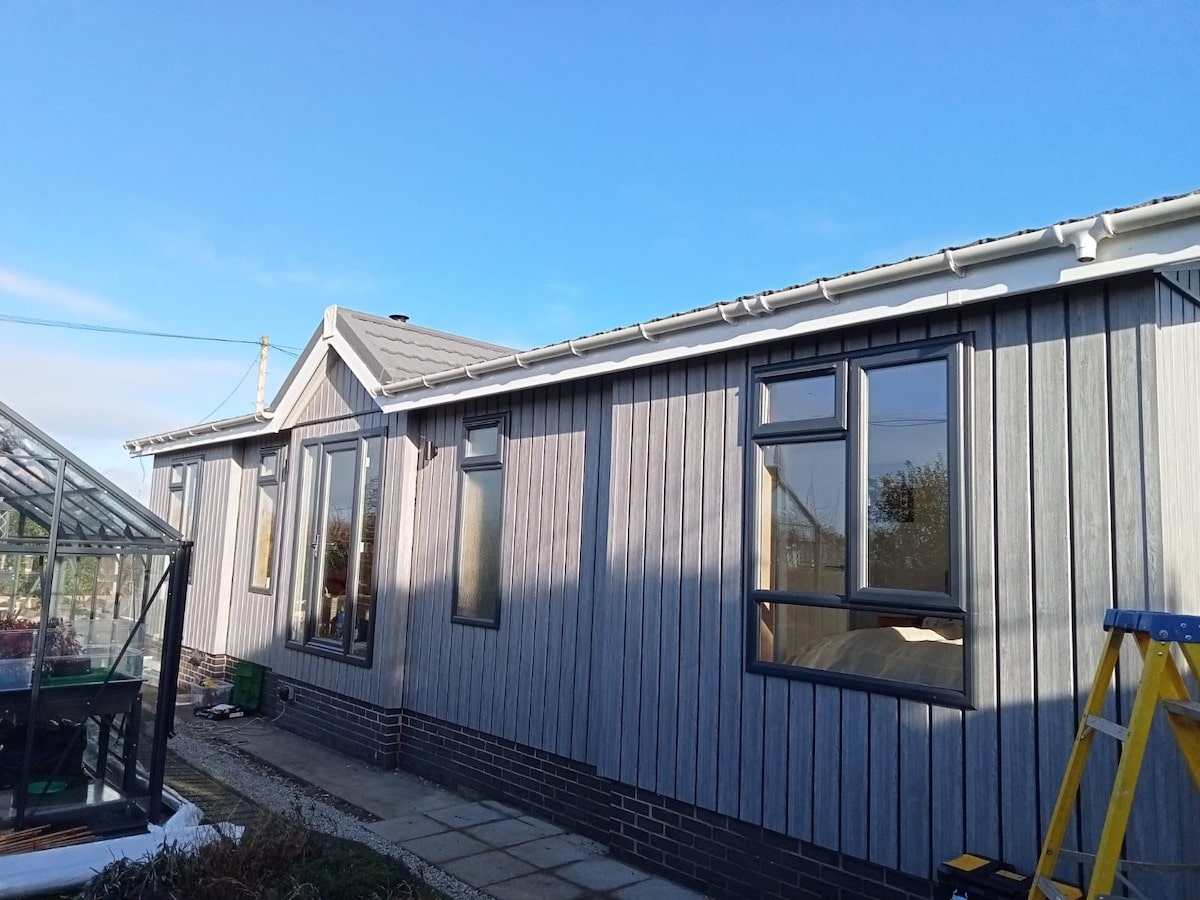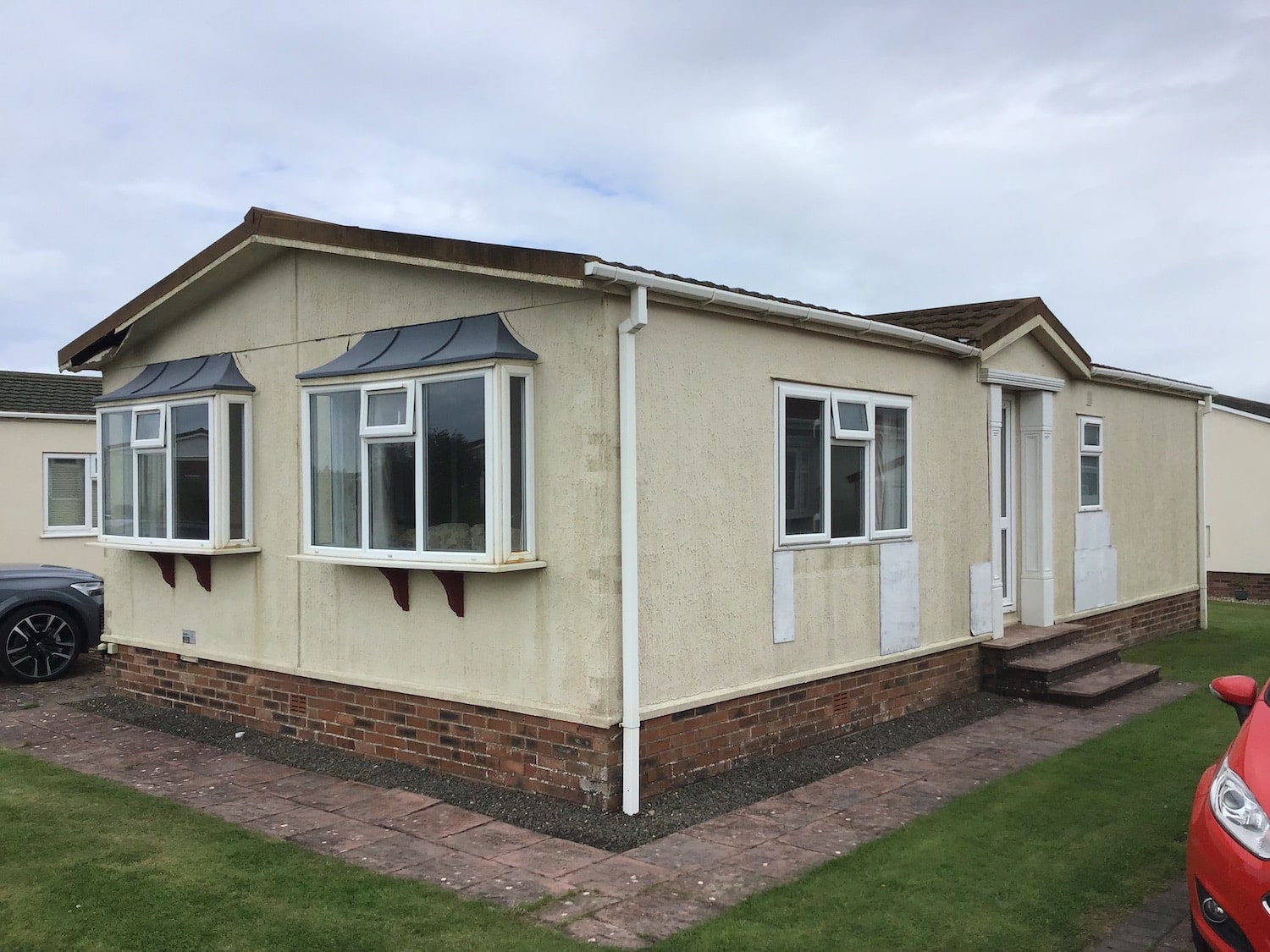Upgrading your park home’s insulation is one of the smartest ways to improve comfort, reduce energy usage, and protect your park home for years to come. Whether you’re looking to keep your home warmer in winter, cooler in summer, or simply cut down on energy bills, learning how to insulate a park home is key. This guide covers the benefits of park home insulation, the main types and methods, what to expect during installation, and expert tips for making the best choice for your property.
Why Insulate a Park Home?
Insulating a park home delivers a range of important advantages:
- Enhanced Comfort: Proper insulation keeps your home at a stable, comfortable temperature all year round.
- Energy Efficiency: By reducing heat loss in winter and heat gain in summer, insulation can help lower your energy usage and bills.
- Condensation & Damp Control: Good insulation, combined with proper ventilation, helps minimise condensation and the risk of damp or mould.
- Environmental Benefits: Lower energy use means a reduced carbon footprint and a more sustainable home.
- Long-Term Value: Insulation can extend the lifespan of your park home and may even increase its value or marketability.
Types of Insulation for Park Homes
When you insulate a park home, you have several options to consider. The best solution depends on your home’s age, construction, and your specific goals.
-
External Wall Insulation
Adds an insulating layer to the outside of your home, often finished with weather-resistant cladding. Great for older park homes and those needing a visual refresh. Helps reduce heat loss and improve kerb appeal.
-
Underfloor Insulation
Insulating beneath the floors helps prevent heat escaping and keeps your home warmer underfoot. Especially beneficial for homes with exposed or uninsulated bases.
-
Roof & Loft Insulation
Adding insulation to the roof or loft area can dramatically reduce heat loss through the top of your home. Works well alongside other insulation types for maximum efficiency.
-
Window & Door Upgrades
While not insulation in the traditional sense, upgrading to double glazing and well-sealed doors complements insulation and reduces heat loss.
The Insulation Process: What to Expect
-
Assessment:
A specialist surveys your park home to recommend the most suitable insulation solutions based on its structure and your needs.
-
Preparation
Surfaces are cleaned, repairs are made, and any old or damaged materials are addressed to ensure a solid foundation for the new insulation.
-
Installation
– Additional stud work is added to strengthen the original structure and to create a second new cavity.
– Apply the latest insulation systems from Celotex or Kingspan.
– Add a Tyveck breather membrane. -
Finishing Touches:
Then finally apply an approved magnesium board or Composite Cladding System.
-
Quality Check:
The installation is inspected to make sure everything is secure, effective, and compliant with regulations.
Tips for Maximising the Benefits When You Insulate a Park Home
- Choose Professional Installers: Proper installation is crucial for performance and longevity – always use experienced park home insulation specialists.
- Consider Ventilation: Ensure your home remains well-ventilated to prevent condensation and maintain indoor air quality.
- Upgrade in Stages: If a full insulation upgrade isn’t practical right now, focus on the areas where you lose the most heat, such as walls or underfloor.
- Check Site Requirements: Some park sites have specific guidelines for external changes – consult your site manager before starting work.
- Explore Grants: There may be local or national schemes to help fund energy efficiency improvements – ask your installer for advice.
FAQs
Is it worth insulating a park home?
Absolutely. Insulation can dramatically improve comfort, energy efficiency, and even the lifespan of your park home.
Do I need planning permission to insulate a park home?
Usually, you don’t need planning permission, but it’s always best to check with your site manager and local authority before starting work.
Which insulation type is best for a park home?
The best solution depends on your home’s age, construction, and your goals. A professional assessment will help you choose the right approach.
How long does insulation last in a park home?
With proper installation and maintenance, most insulation solutions provide benefits for many years.
Transform Your Park Home with Quality Insulation
Learning how to insulate a park home is the first step to a warmer, more energy-efficient, and comfortable living space. By choosing the right insulation method, working with trusted professionals, and focusing on quality, you’ll enjoy lower bills and a more sustainable home for years to come.





